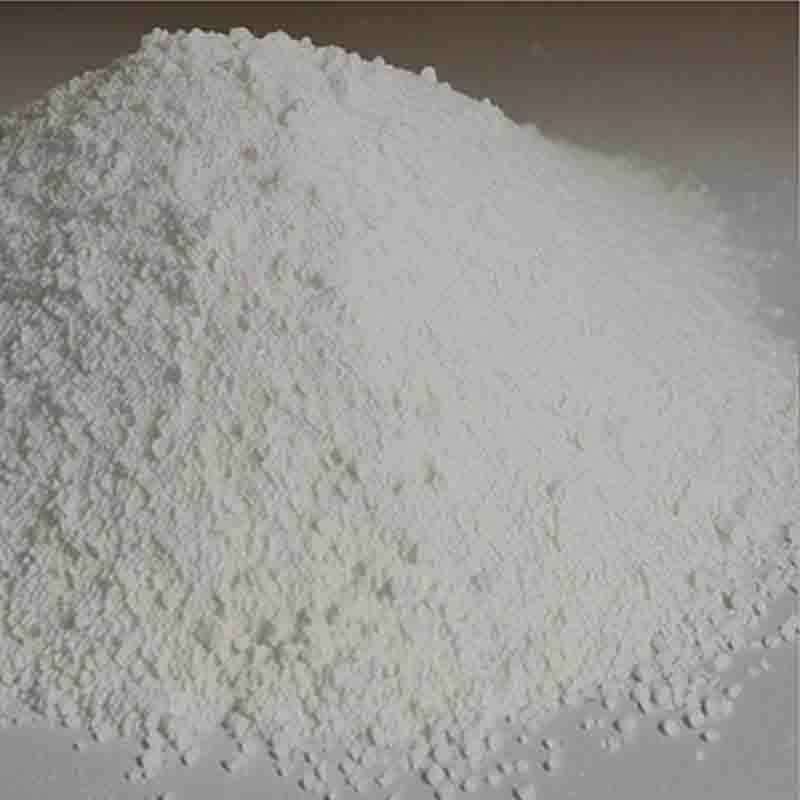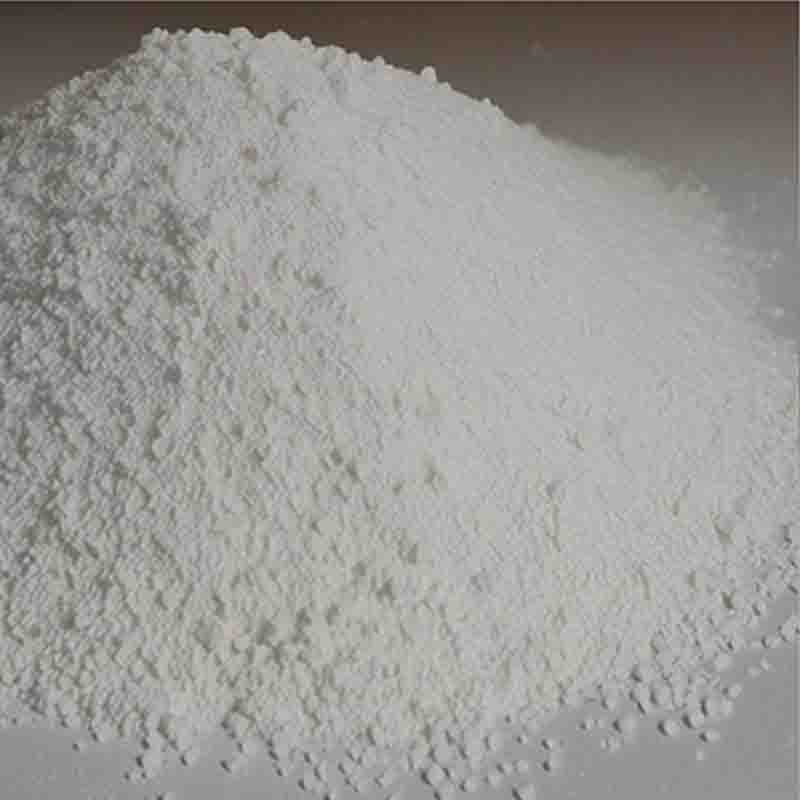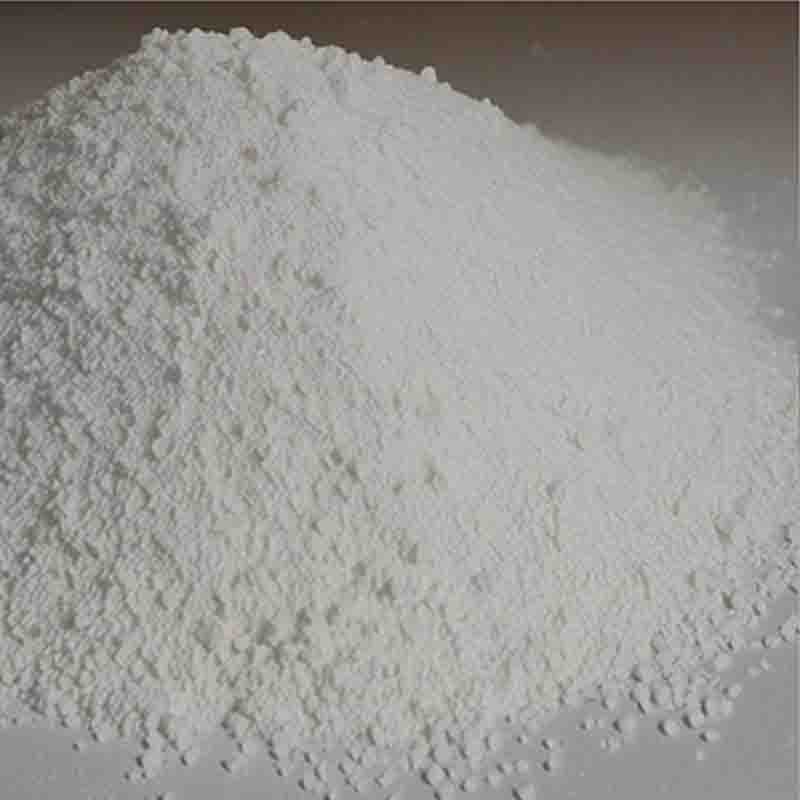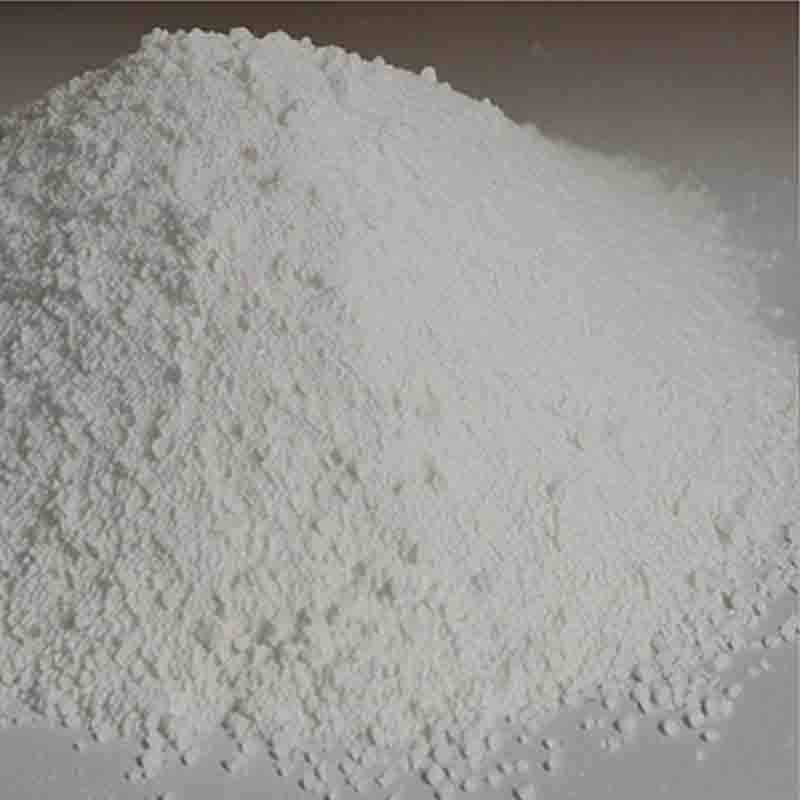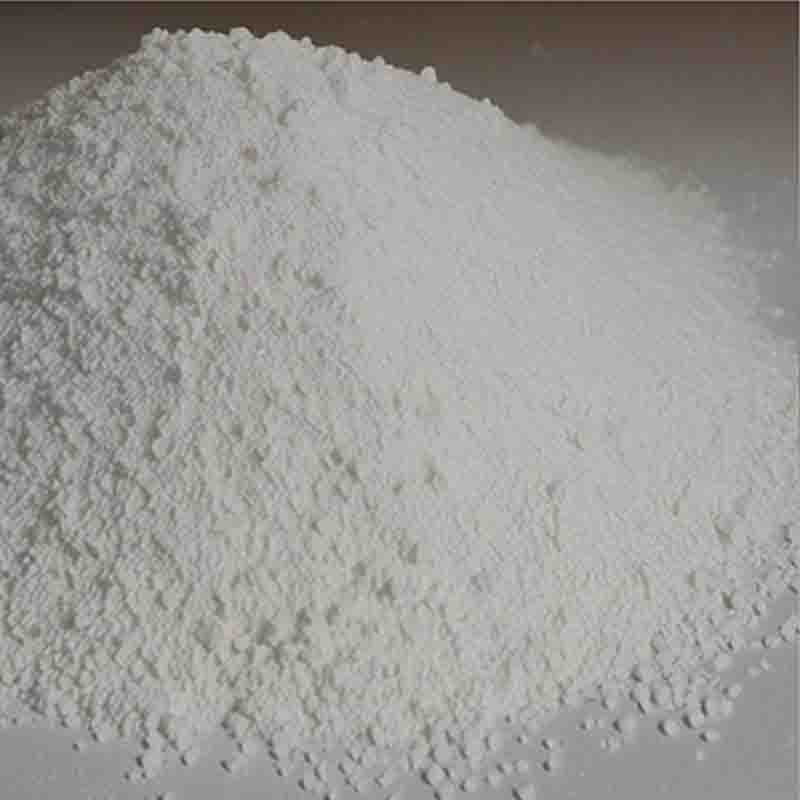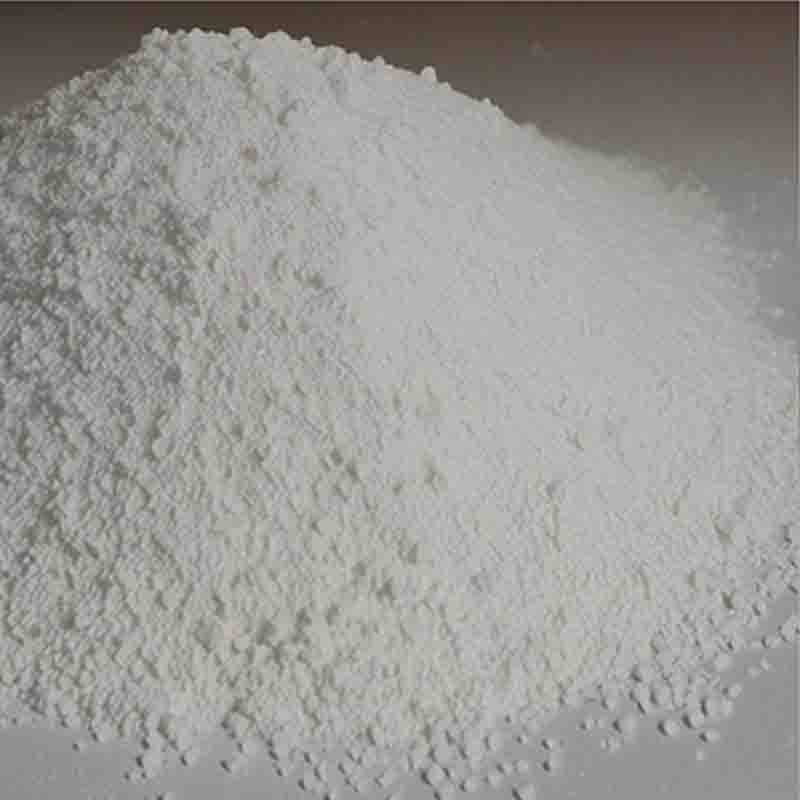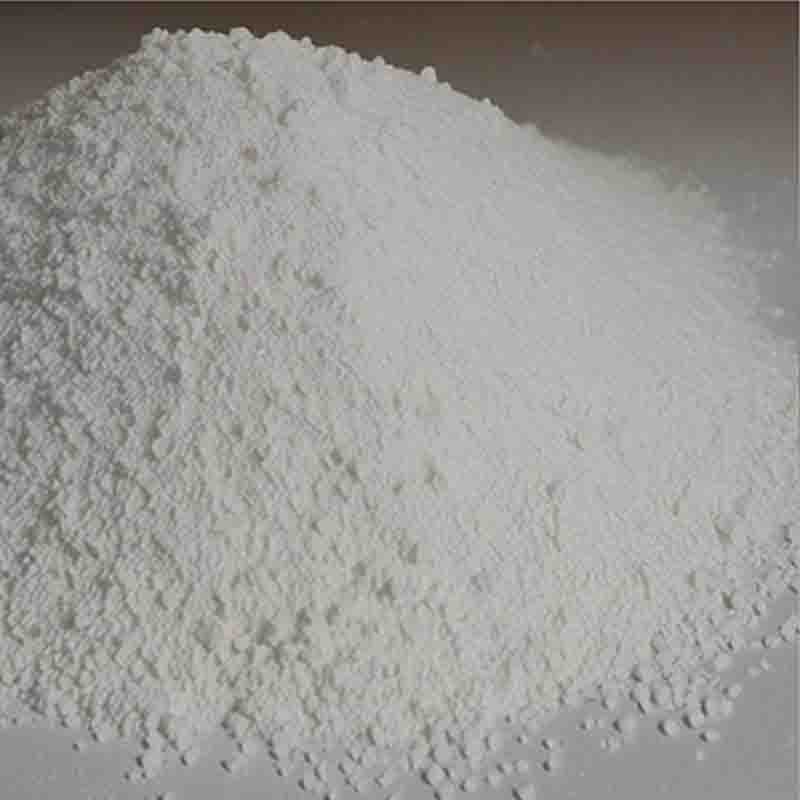(S)-1-(2-phenylacetyl)pyrrolidine-2-carboxylicacid CAS:500-05-0
| Catalog Number | XD94696 |
| Product Name | (S)-1-(2-phenylacetyl)pyrrolidine-2-carboxylicacid |
| CAS | 500-05-0 |
| Molecular Formula | C6H4O4 |
| Molecular Weight | 140.09 |
| Storage Details | Ambient |
Product Specification
| Appearance | White powder |
| Assay | 99% min |
(S)-1-(2-phenylacetyl)pyrrolidine-2-carboxylicacid is a chemical compound with several potential effects and applications. In this response, we will explore its effects and potential uses.One of the primary effects of (S)-1-(2-phenylacetyl)pyrrolidine-2-carboxylicacid is its potential as a chiral building block in organic synthesis. Chirality is a property that arises when a molecule is non-superimposable on its mirror image. Chiral molecules often display different biological activities and can be crucial in the development of pharmaceuticals. (S)-1-(2-phenylacetyl)pyrrolidine-2-carboxylicacid, being a chiral compound, can be used as a starting material or intermediate in the synthesis of chiral drugs and natural products. Its stereochemistry allows for the formation of specific enantiomers, which can influence biological activity and drug efficacy.Further, (S)-1-(2-phenylacetyl)pyrrolidine-2-carboxylicacid has shown potential as an inhibitor of certain enzymes. Enzyme inhibitors are molecules that can bind to an enzyme and reduce or block its activity. Inhibition of specific enzymes can have therapeutic benefits in various diseases. (S)-1-(2-phenylacetyl)pyrrolidine-2-carboxylicacid, due to its structural features, may have the ability to selectively inhibit certain enzymes and modulate their activity. This can be explored further in drug discovery and development, specifically in the field of enzyme-targeted therapies.Moreover, (S)-1-(2-phenylacetyl)pyrrolidine-2-carboxylicacid has been studied for its potential anti-inflammatory effects. Inflammation is a vital physiological response in the body, but excessive or chronic inflammation can lead to various diseases. The compound's structure suggests that it may have the ability to modulate inflammatory pathways and contribute to the development of anti-inflammatory drugs. By targeting specific inflammatory mechanisms, (S)-1-(2-phenylacetyl)pyrrolidine-2-carboxylicacid could potentially provide therapeutic benefits in conditions such as rheumatoid arthritis, asthma, and inflammatory bowel disease.In summary, (S)-1-(2-phenylacetyl)pyrrolidine-2-carboxylicacid exhibits potential effects and applications. Its chiral nature makes it a valuable building block in organic synthesis, enabling the formation of specific enantiomers important in drug development. Additionally, its potential as an enzyme inhibitor suggests therapeutic applications in enzyme-targeted therapies. Furthermore, its anti-inflammatory properties open up possibilities in the development of drugs for inflammatory diseases. These effects highlight the potential of (S)-1-(2-phenylacetyl)pyrrolidine-2-carboxylicacid in various fields, including organic chemistry, drug discovery, and inflammation research.


